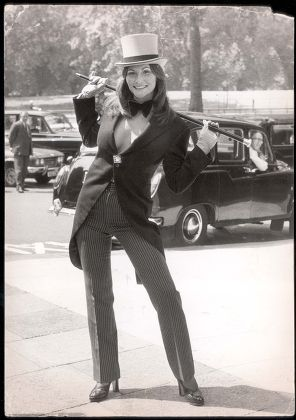The Rise to Fame with a Breakout Role
Linda Lovelace burst into the limelight in 1972 with her role in Deep Throat, a film that became a cultural phenomenon and a hallmark of the sexual revolution. Her sudden fame turned her into an icon overnight, celebrated and scrutinized in equal measure. The film’s unexpected mainstream success shocked Hollywood and society alike, making Lovelace a household name. But beneath the glitz and glamor lay a story of pain, manipulation, and betrayal that few knew at the time.

A Life Overshadowed by Exploitation
Behind the camera, Linda Lovelace’s life was far from the image of empowerment and liberation her fame suggested. Controlled and coerced by her husband, Chuck Traynor, Linda’s involvement in Deep Throat was not one of choice but of survival. Traynor wielded an iron grip over her life, subjecting her to emotional abuse, physical violence, and manipulation.
Her role in the film was not a stepping stone to personal success but a reflection of the dark underbelly of an industry willing to exploit vulnerable individuals for profit. The story behind Deep Throat was not one of a rising star finding her place in the world, but of a woman trapped in a nightmare.

The Cost of Fame
Linda’s sudden celebrity status brought wealth and notoriety but came at a staggering personal cost. She became a symbol of the sexual revolution, but the reality of her life clashed sharply with the public perception. While society debated her role in the film, Linda was silently battling the trauma of abuse and exploitation. Her fame amplified her struggles, making it nearly impossible for her to reclaim her identity and heal.
The pressure of being in the spotlight only deepened her wounds, as she became a subject of public fascination and judgment. Her experiences highlight the often-overlooked cost of fame, especially for women in an industry that frequently prioritizes profit over protection.
Breaking Free and Finding Her Voice
In the late 1970s, Linda Lovelace took a courageous step by escaping her abusive marriage and sharing her story with the world. Her autobiography, Ordeal, revealed the horrifying details of her life during the filming of Deep Throat. She exposed the truth about her lack of consent and the abuse she endured, shifting the narrative around her role in the film.
Linda’s bravery in speaking out transformed her from a symbol of the sexual revolution to an advocate for women’s rights and anti-pornography movements. She dedicated her later years to activism, using her experiences to raise awareness about the exploitation and abuse faced by women in the entertainment industry.

A Haunting Reminder of the Industry’s Dark Side
Linda Lovelace’s story is a sobering reminder of the darker aspects of the entertainment industry. Her experiences shed light on the exploitation and manipulation that often occur behind the scenes, where power dynamics are skewed, and personal agency is frequently disregarded.
Her narrative resonates with ongoing conversations about the need for accountability and reform in industries that continue to profit from the exploitation of individuals. Linda’s courage in breaking her silence paved the way for others to speak out, contributing to a broader movement for change.

Legacy and Reflection
Though Linda Lovelace passed away in 2002, her story remains a poignant reflection of resilience and the human spirit’s ability to overcome adversity. She is remembered not just for her controversial role in Deep Throat but for her bravery in confronting her past and using her voice to advocate for others.
Her journey from a symbol of exploitation to a beacon of advocacy underscores the importance of supporting survivors and addressing systemic issues in industries that thrive on power imbalances. Linda’s legacy is one of transformation and hope—a reminder that it is never too late to reclaim one’s narrative and fight for justice.

Conclusion
Linda Lovelace’s life was a complex tapestry of triumphs and tragedies. Her meteoric rise to fame through Deep Throat highlighted the possibilities and perils of the entertainment world. However, her courage in exposing the truth behind her experiences turned her story into a powerful testament to resilience and advocacy. Linda’s journey is a stark reminder of the need for compassion, accountability, and reform in an industry that often fails to protect its most vulnerable. Her legacy endures as both a cautionary tale and an inspiration for change.

